I’m really enjoying these unapologetically nerdy posts on the logistics and tactics of Middle Earth armies.
I’m really enjoying these unapologetically nerdy posts on the logistics and tactics of Middle Earth armies.
The Last Emperox by John Scalzi is great fun and a fitting end to the trilogy 📚
We’ve compared our predictions of the 2019 🇨🇦 election to the actual votes. Overall, we were within 5% with no obvious geographical biases, though we did slightly overestimate support for the NDP at the expense of the Liberals. I think we’re on to something good here!
Our predictions for the 2019 Federal race in Toronto were generated by our agent-based model that uses demographic characteristics and results from previous elections. Now that the final results are available, we can see how our predictions performed at the Electoral District level.
For this analysis, we restrict the comparison to just the major parties, as they were the only parties for which we estimated vote share. We also only compare the actual results to the predictions of our base scenario. In the future, our work will focus much more on scenario planning to explain political campaigns.
We start by plotting the difference between the actual votes and the predicted votes at the party and district level.
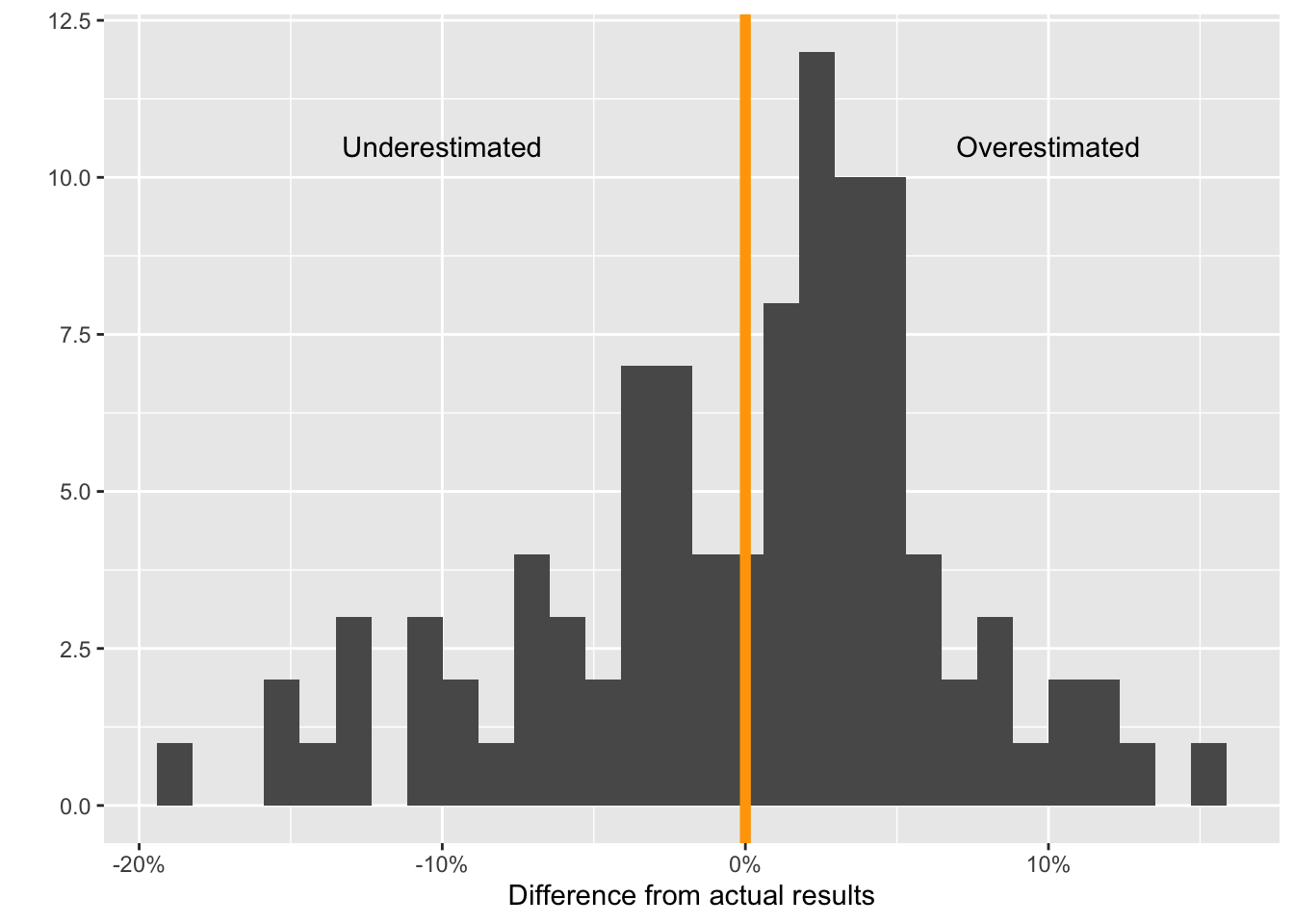 Distribution of the difference between the predicted and actual proportion of votes for all parties
Distribution of the difference between the predicted and actual proportion of votes for all parties
The mean absolute value of differences from the actual results is 5.3%. In addition, the median value of the differences is 1.28%, which means that we slightly overestimated support for parties. However, as the histogram shows, there is significant variation in this difference across districts. Our highest overestimation was 15.6% and lowest underestimation was -18.5%.
To better understand this variation, we can look at a plot of the geographical distribution of the differences. In this figure, we show each party separately to illuminate the geographical structure of the differences.
 Geographical distribution of the difference between the predicted and actual proportion of votes by Electoral District and party
Geographical distribution of the difference between the predicted and actual proportion of votes by Electoral District and party
The overall distribution of differences doesn’t have a clear geographical bias. In some sense, this is good, as it shows our agent-based model isn’t systematically biased to any particular Electoral District.
However, our model does appear to generally overestimate NDP support while underestimating Liberal support. These slight biases are important indicators for us in recalibrating the model.
Overall, we’re very happy with an error distribution of around 5%. As described earlier, our primary objective is to explain political campaigns. Having accurate predictions is useful to this objective, but isn’t the primary concern. Rather, we’re much more interested in using the model that we’ve built for exploring different scenarios and helping to design political campaigns.
I don’t remember being so organized on Wednesday 😀✅
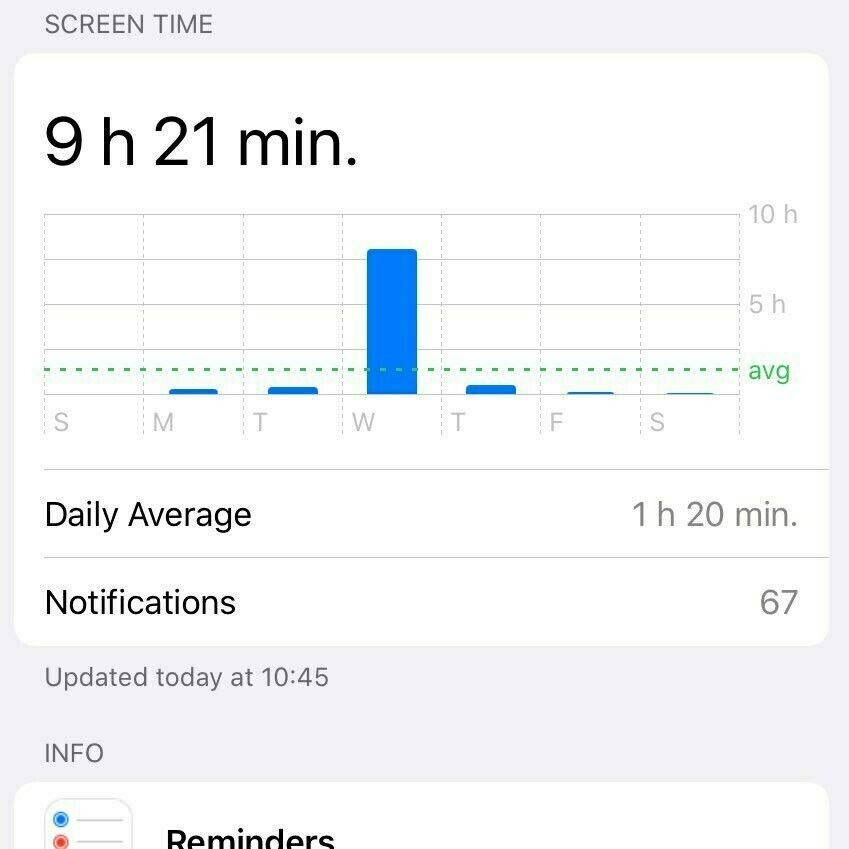
Happy birthday to my favourite son!
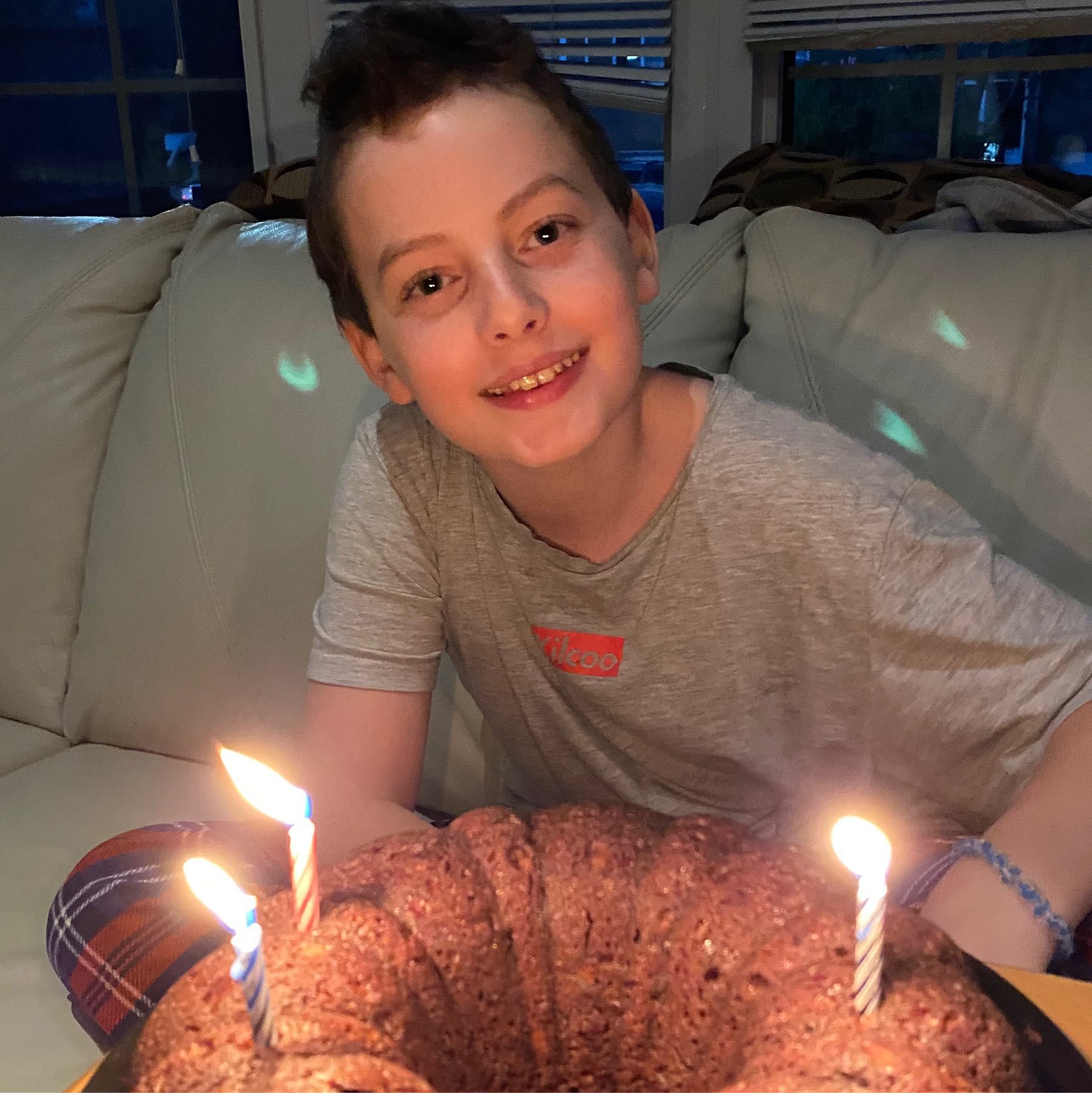
Photosynthesis is a pretty elaborate game with more strategy than you might expect from trees ☀️🌲

There’s sure to be a good caper behind this busted safe in the middle of the woods
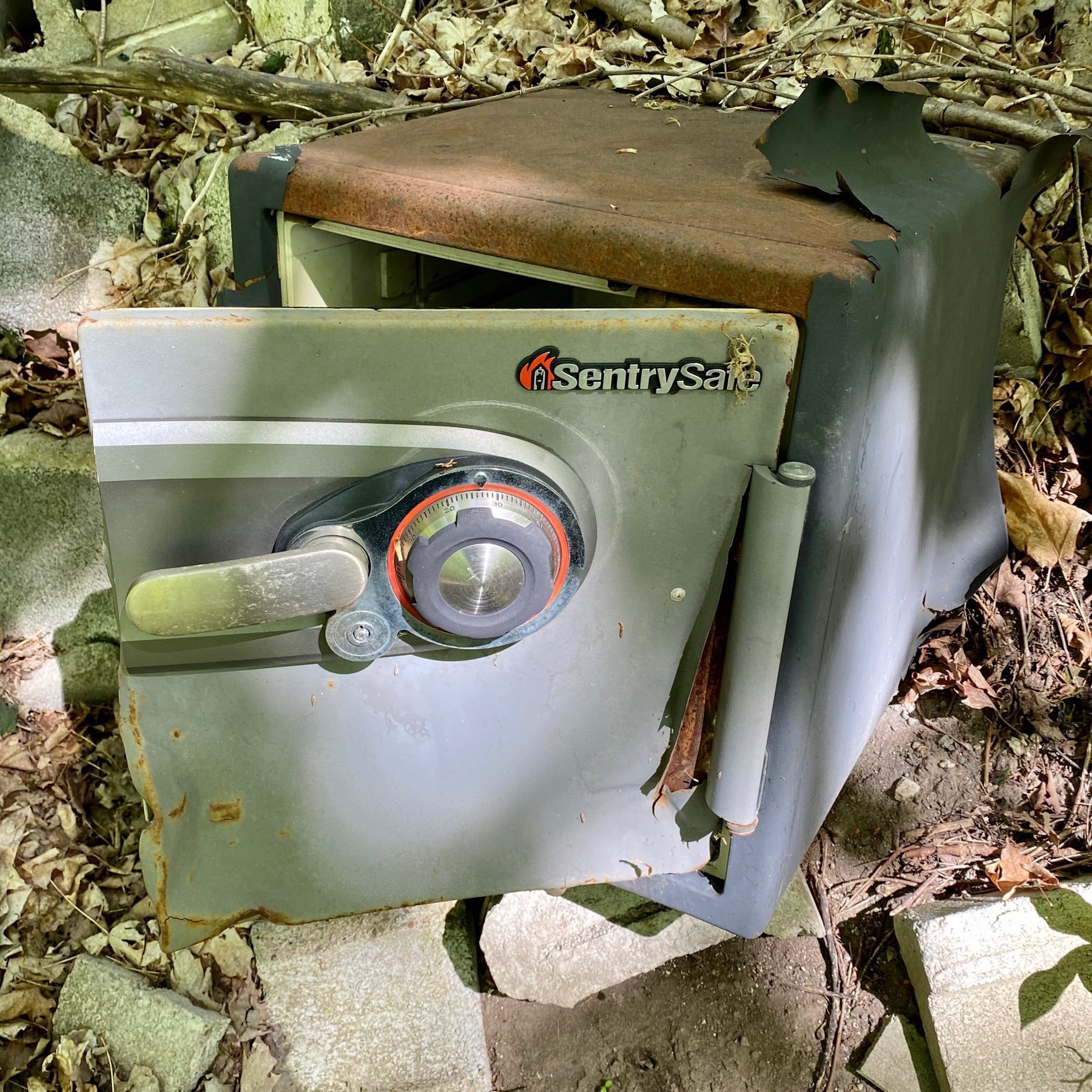
Happy birthday to my favourite daughter!
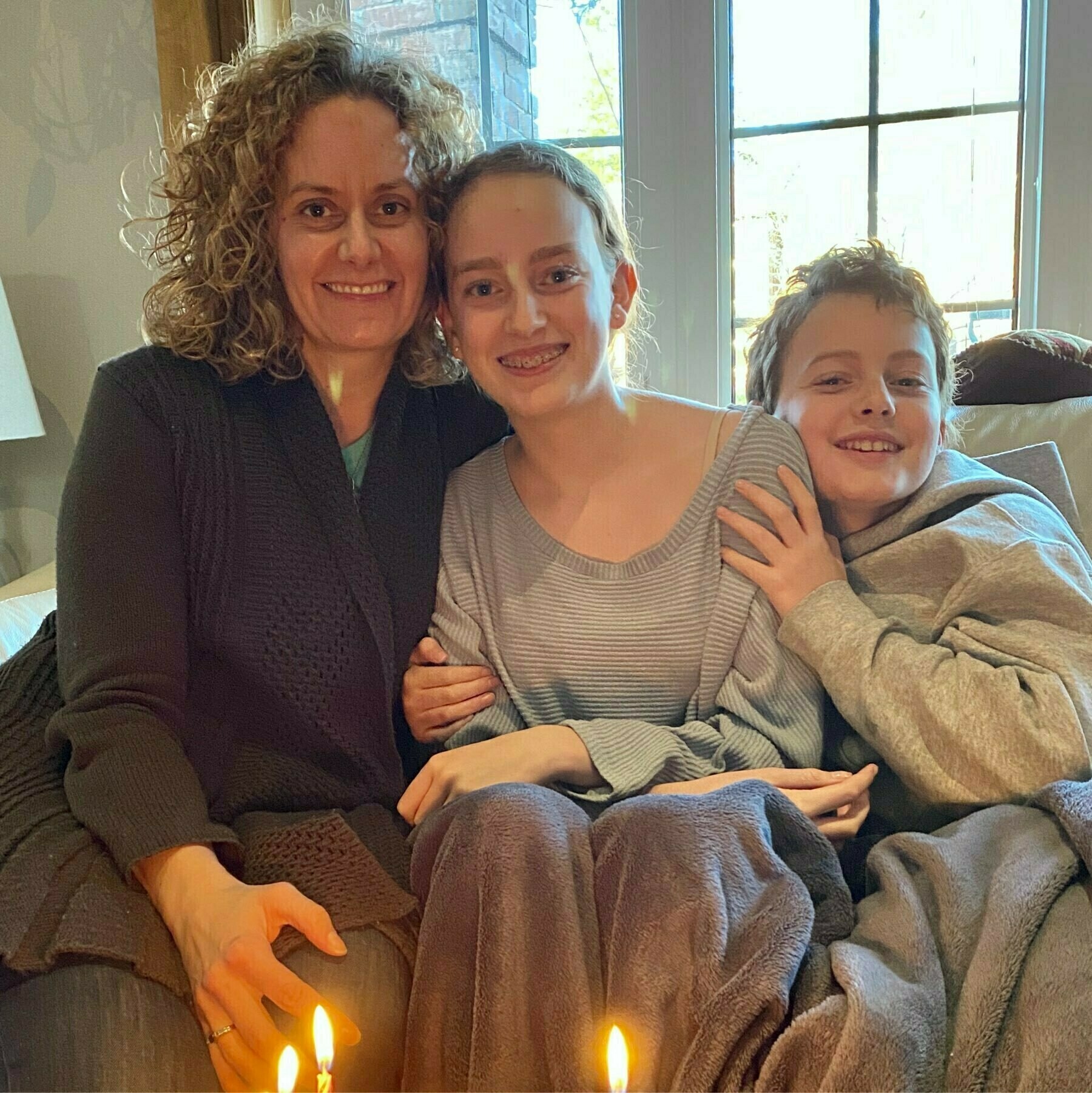
Lucy couldn’t quite manage the last burpee challenge in today’s One Academy Collision class

My favourite gym has a charity event on Saturday supporting Nellie’s Shelter for women & children. If you’re new to One Academy, your first class if free! So, a great chance to get a good workout & support an important cause
I’m really enjoying these Biggest Ideas in the Universe videos from Sean Carroll. Sufficiently nerdy to be interesting without getting too detailed.
Lots of good 90s music nostalgia on this Incomparable episode
China Miéville’s Perdido Street Station is intensely creative and very entertaining 📚
A big thanks to Brie and Paul for the homemade masks!
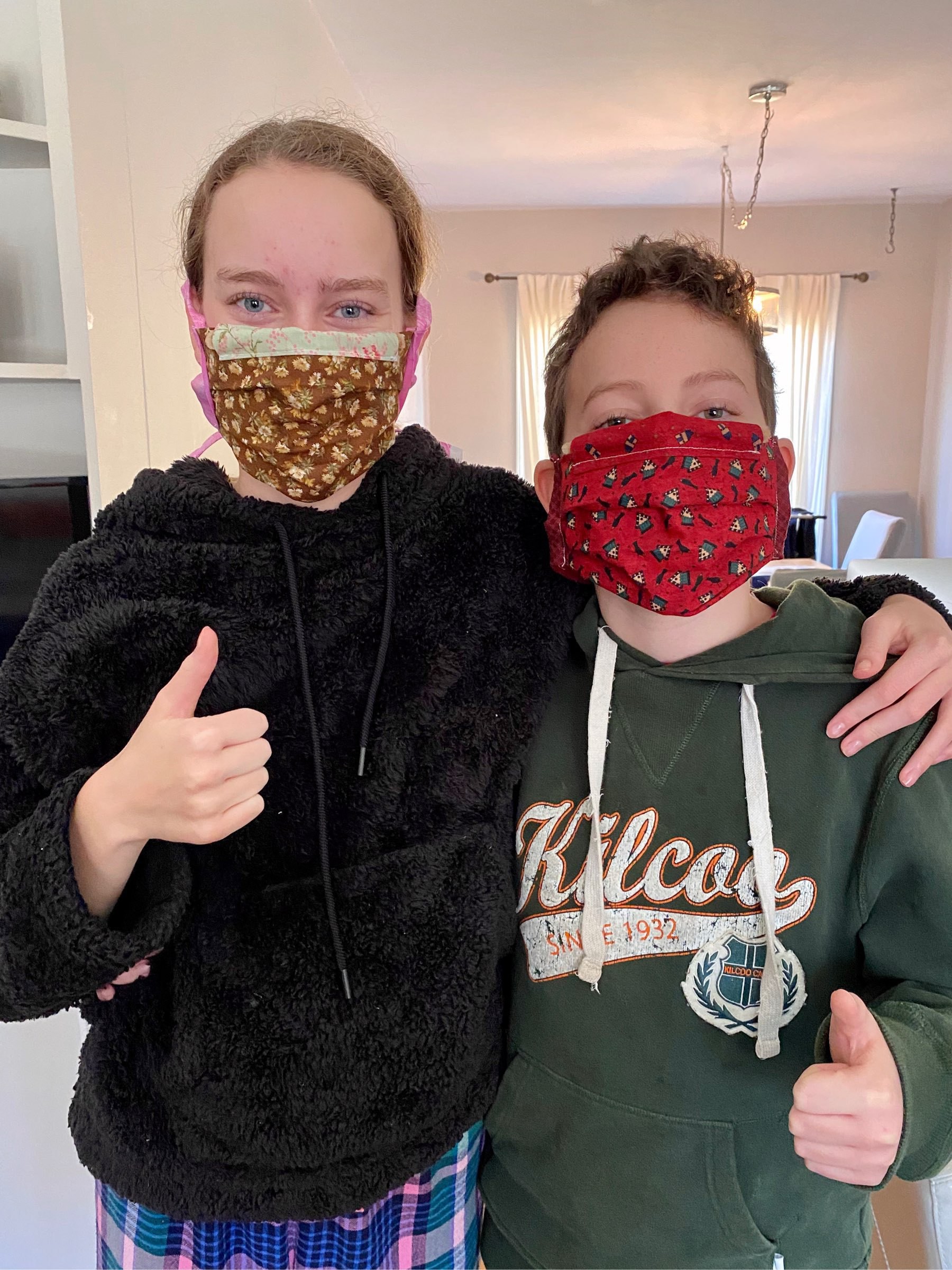
I’m neither an epidemiologist nor a medical doctor. So, no one wants to see my amateur disease modelling.
That said, I’ve complained in the past about Ontario’s open data practices. So, I was very impressed with the usefulness of the data the Province is providing for COVID: a straightforward csv file that is regularly updated from a stable URL.
Using the data is easy. Here’s an example of creating a table of daily counts and cumulative totals:
data_source <- "[data.ontario.ca/dataset/f...](https://data.ontario.ca/dataset/f4112442-bdc8-45d2-be3c-12efae72fb27/resource/455fd63b-603d-4608-8216-7d8647f43350/download/conposcovidloc.csv)"
covid_data <- read_csv(data_source) %>%
select(ACCURATE_EPISODE_DATE) %>%
rename(date = ACCURATE_EPISODE_DATE) %>%
group_by(date) %>%
summarise(daily_count = n()) %>%
mutate(cumulative_count = cumsum(daily_count))
From there we can make some simple plots to get a sense of how the case load is changing.
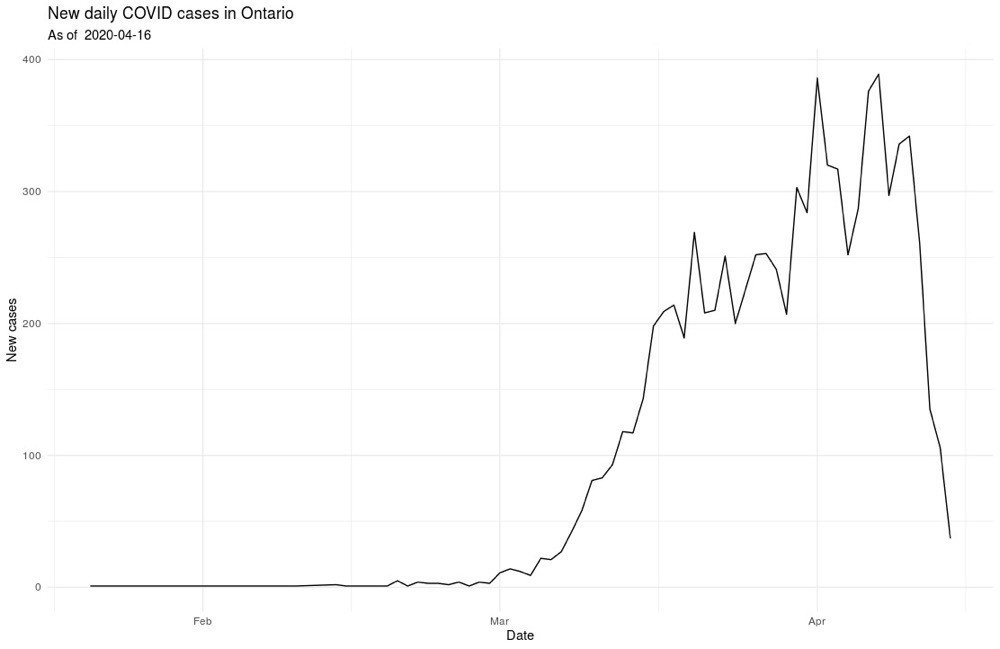
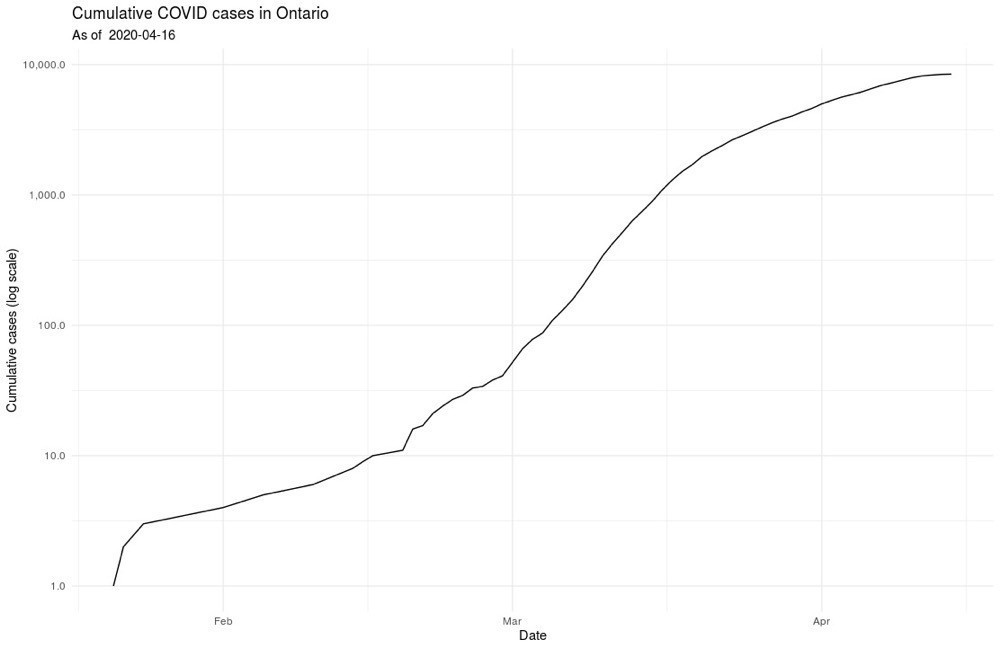
And, I’ll leave it at that, at least for public posting 🤓
Apple’s Mobility Trends tool is intriguing. Curious to see that transit declines early, quickly, and the most. Makes sense, I suppose, given that transit users are in close proximity.
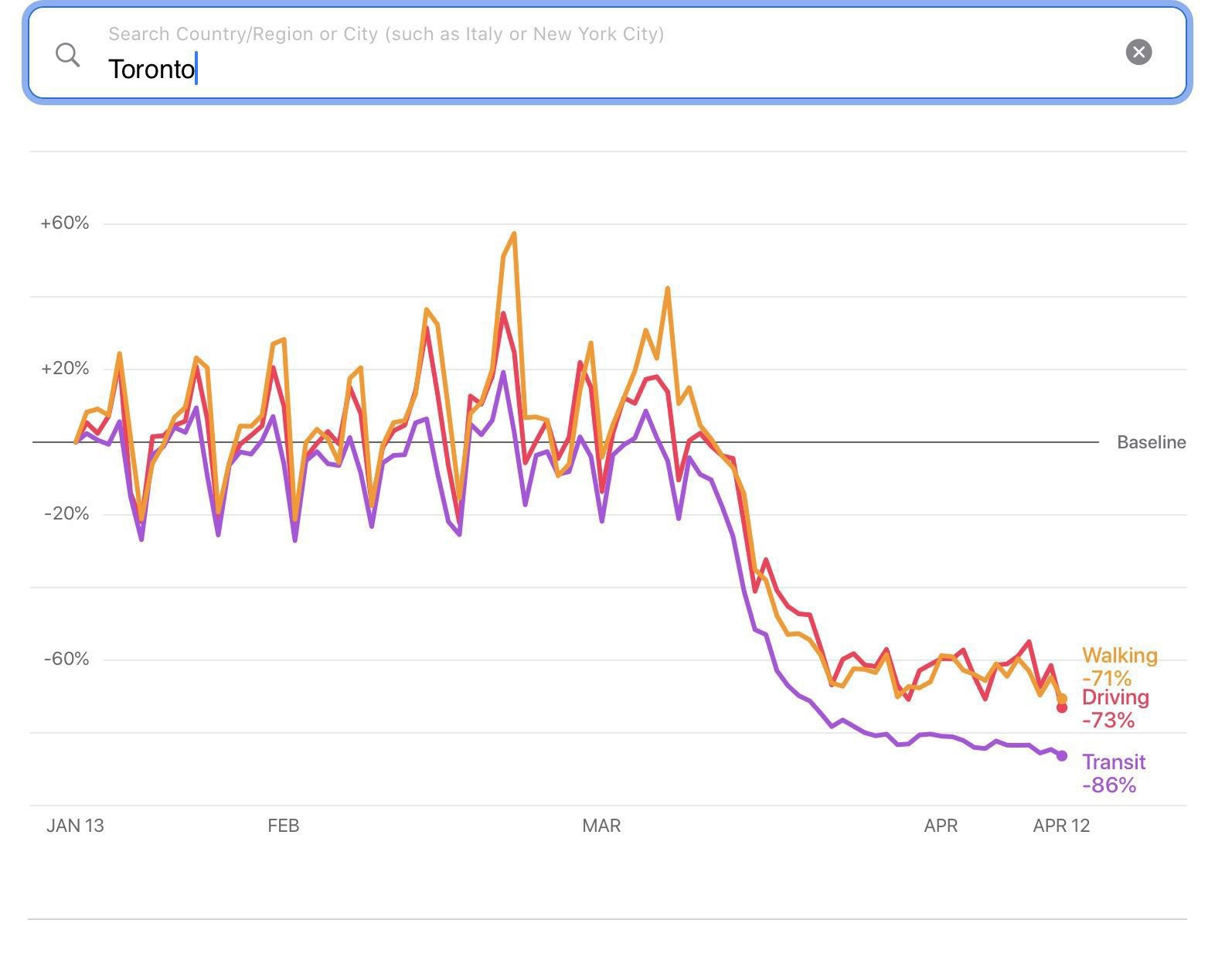

What is Real by Adam Becker is a great book on the measurement problem in quantum physics. Becker writes very clearly about the actual physics of the problem and the fascinating history. Such a clear example of how science is a human endeavour with politics and personalities 🔭📚
Since I’m mostly stuck inside these days, I find I’m drinking more tea than usual. So, as a modification of my brew coffee shortcut, I’ve created a brew tea shortcut.
This one is slightly more complicated, since I want to do different things depending on if the tea is caffeinated or not.
We start by making this choice:
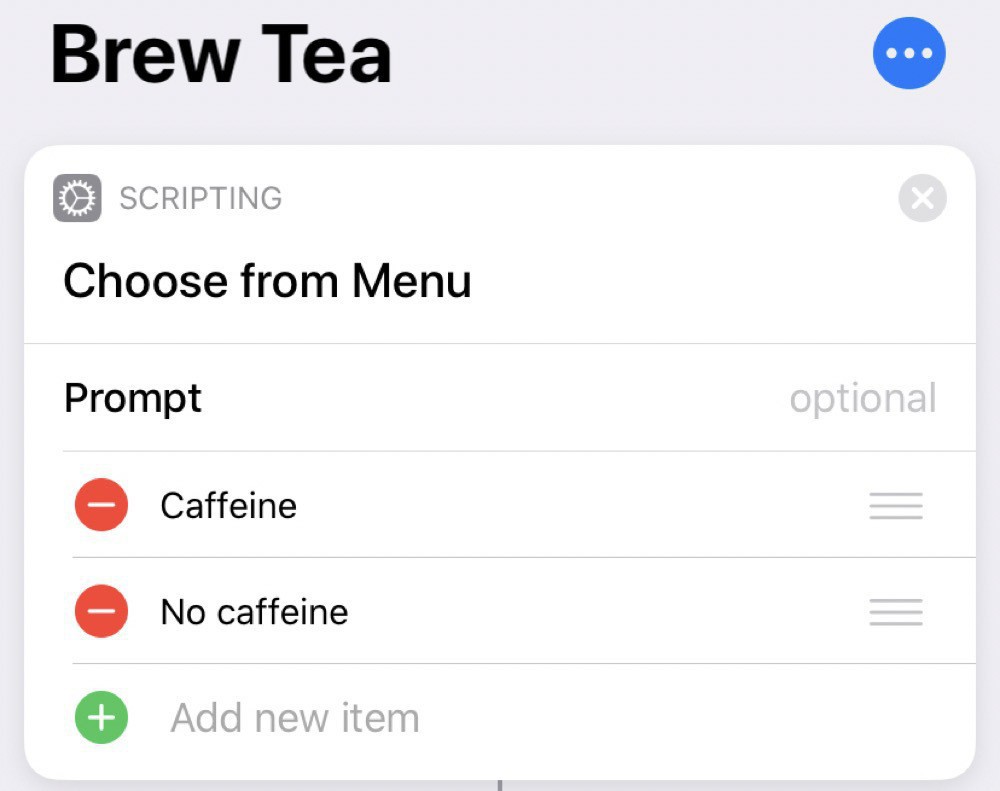
Then, if we choose caffeine, we log this to the Health app:
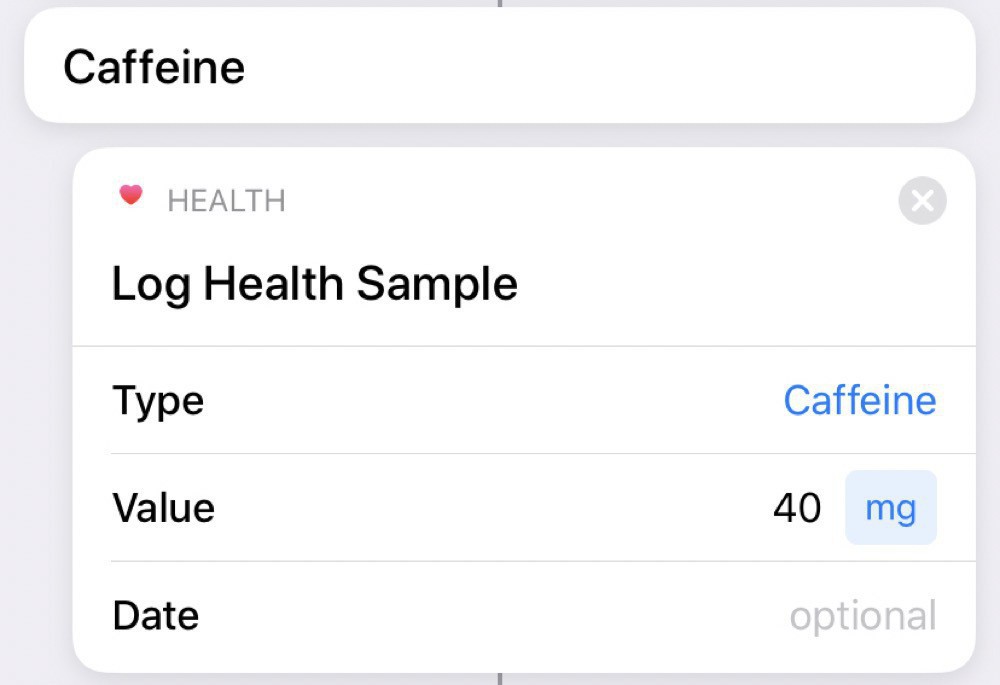
Uncaffeinated tea counts as water (at least for me):
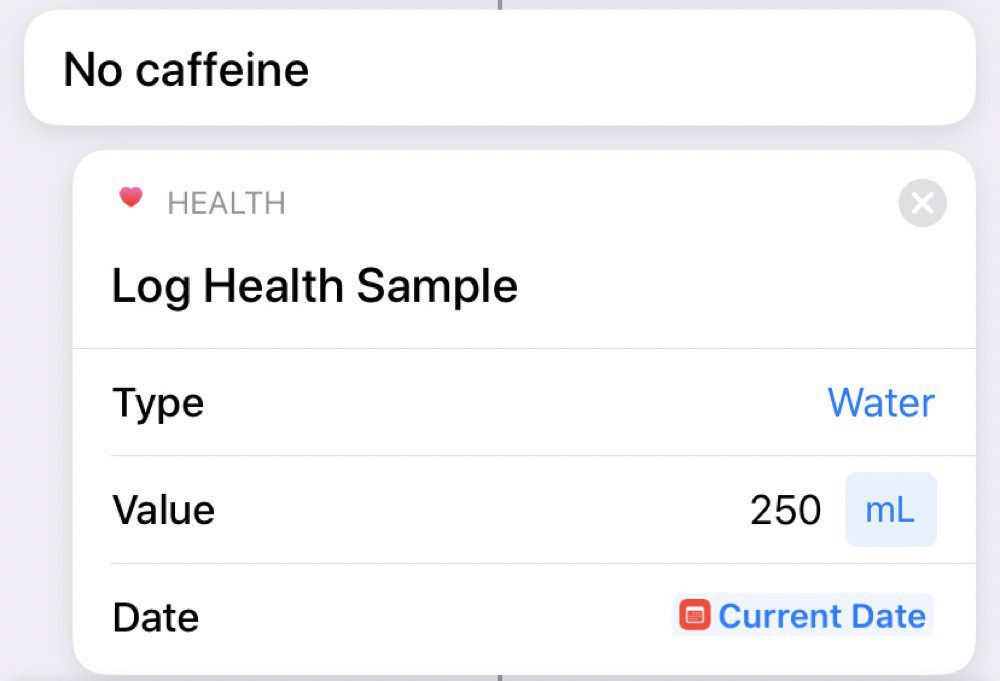
And, then, regardless of the type of tea, we set a timer for 7 minutes:
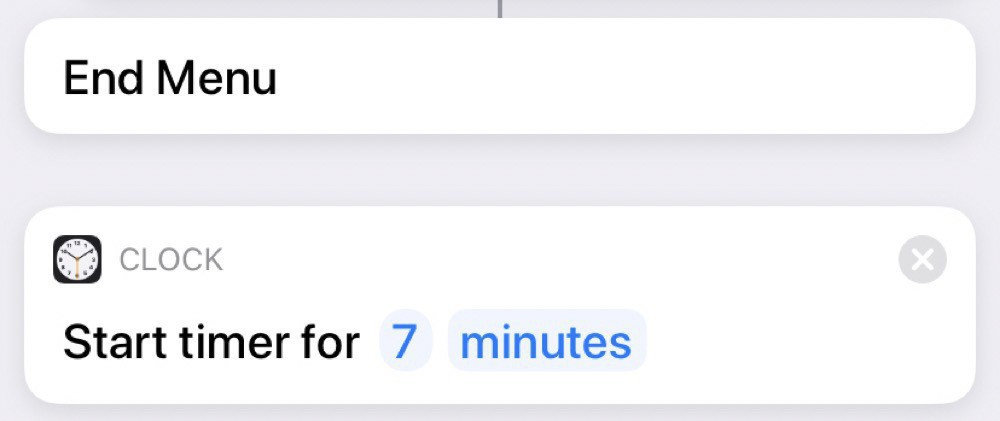
Running this one requires more interactions with Siri, since she’ll ask which type we want. We can either reply by voice or by pressing the option we want on the screen.
A small change to my quarantine home office with large ergonomic impacts: I’ve added a Lamicall iPad stand. Much better and more flexible positioning of the iPad with this simple device.